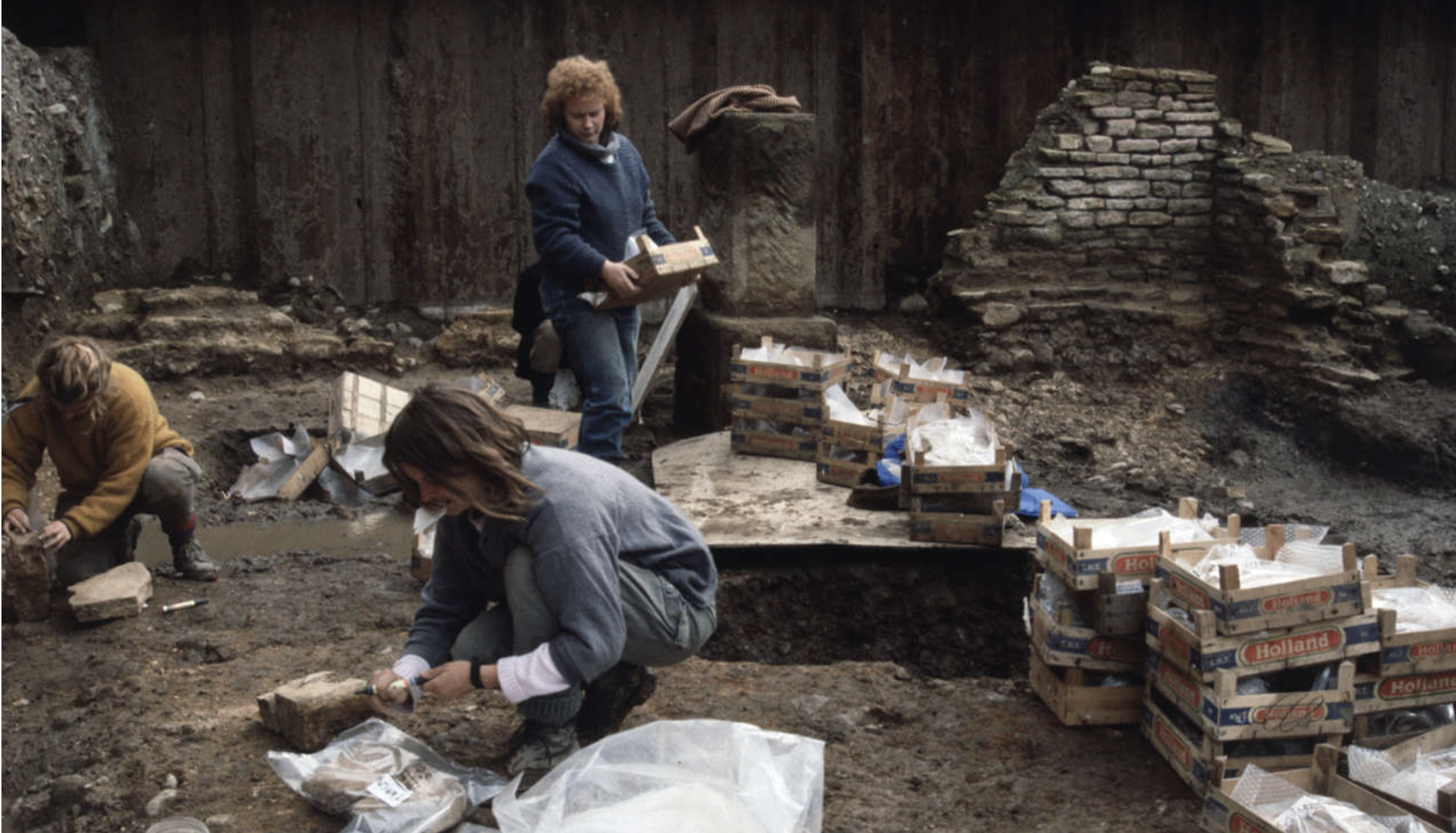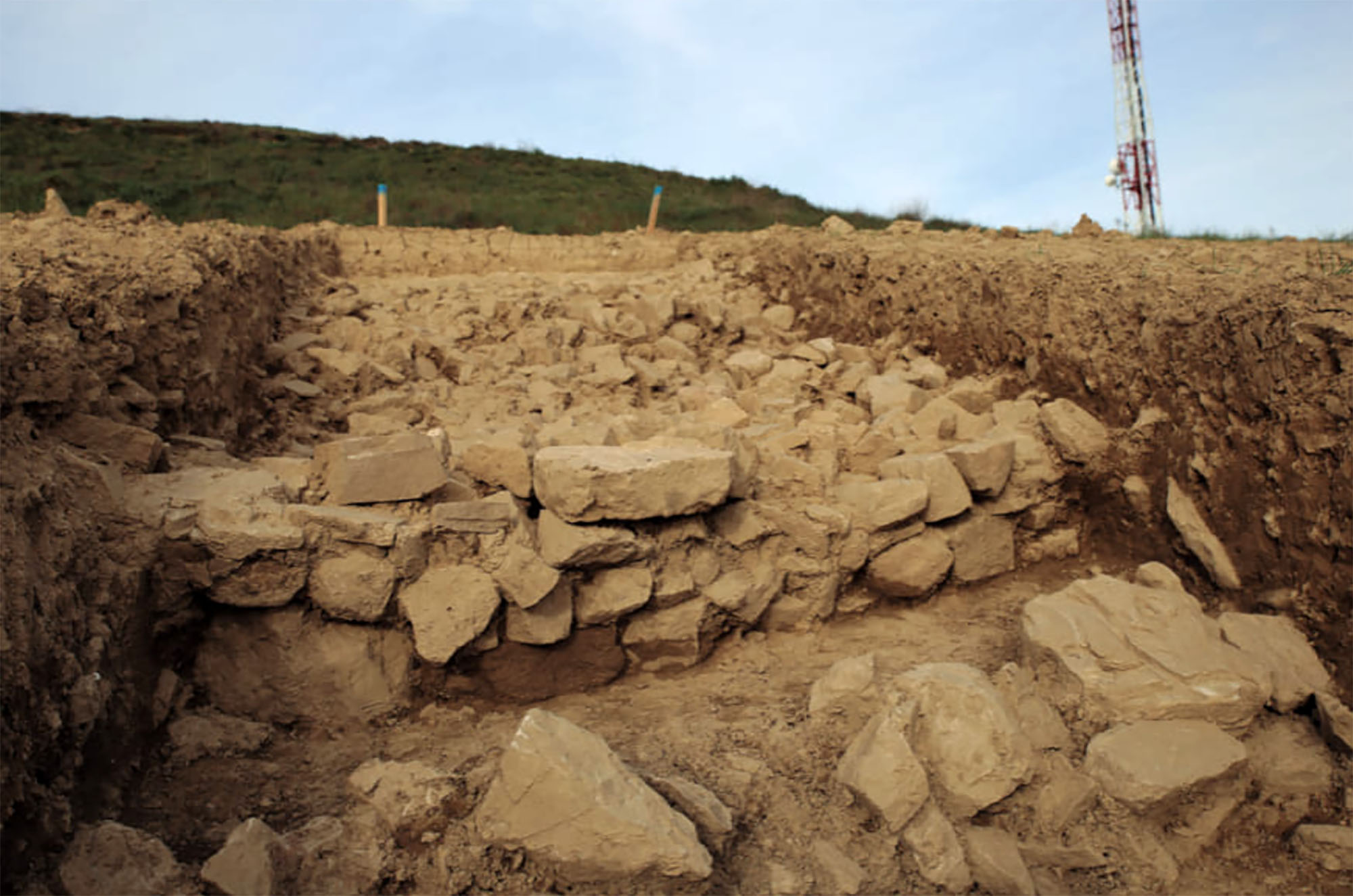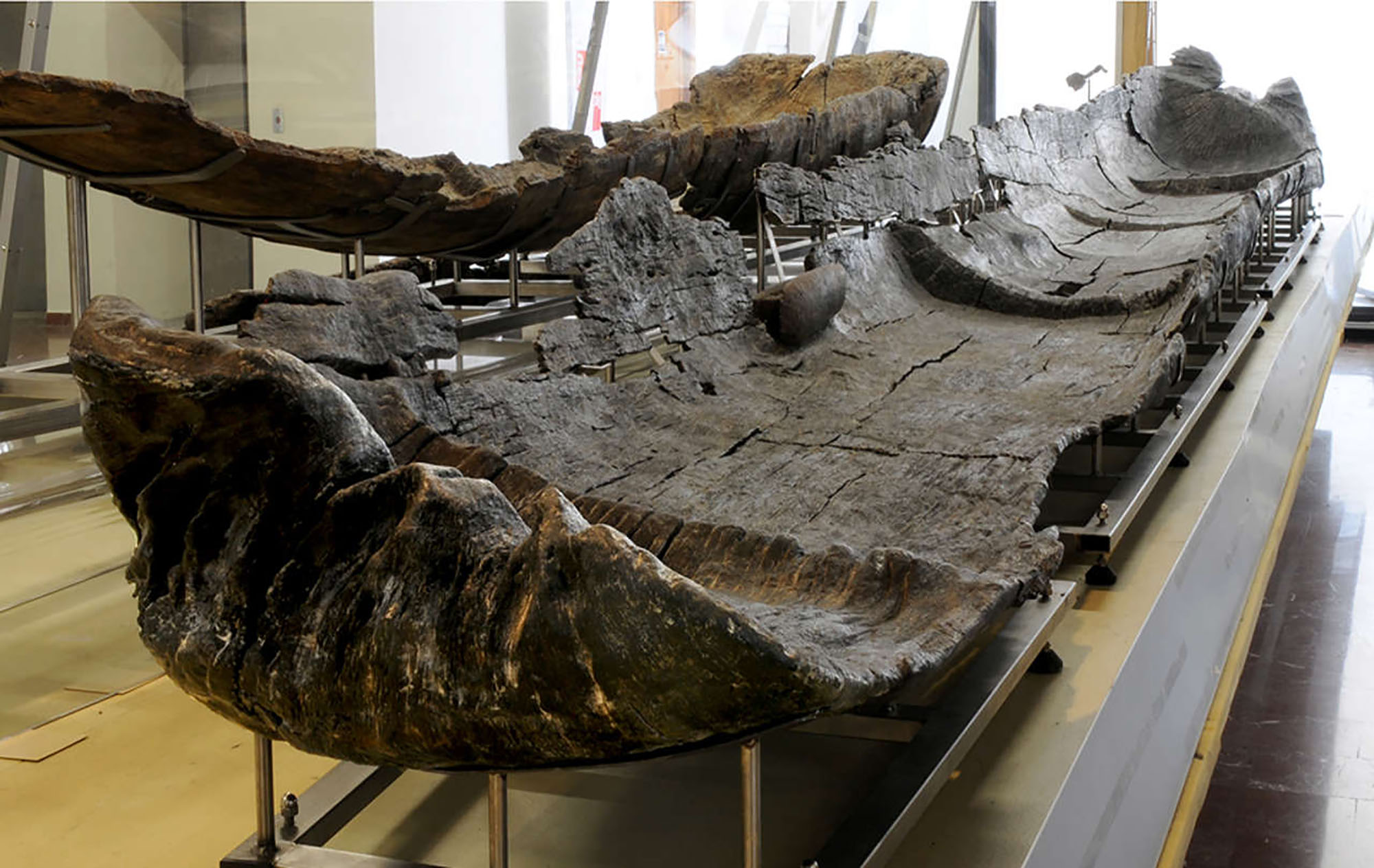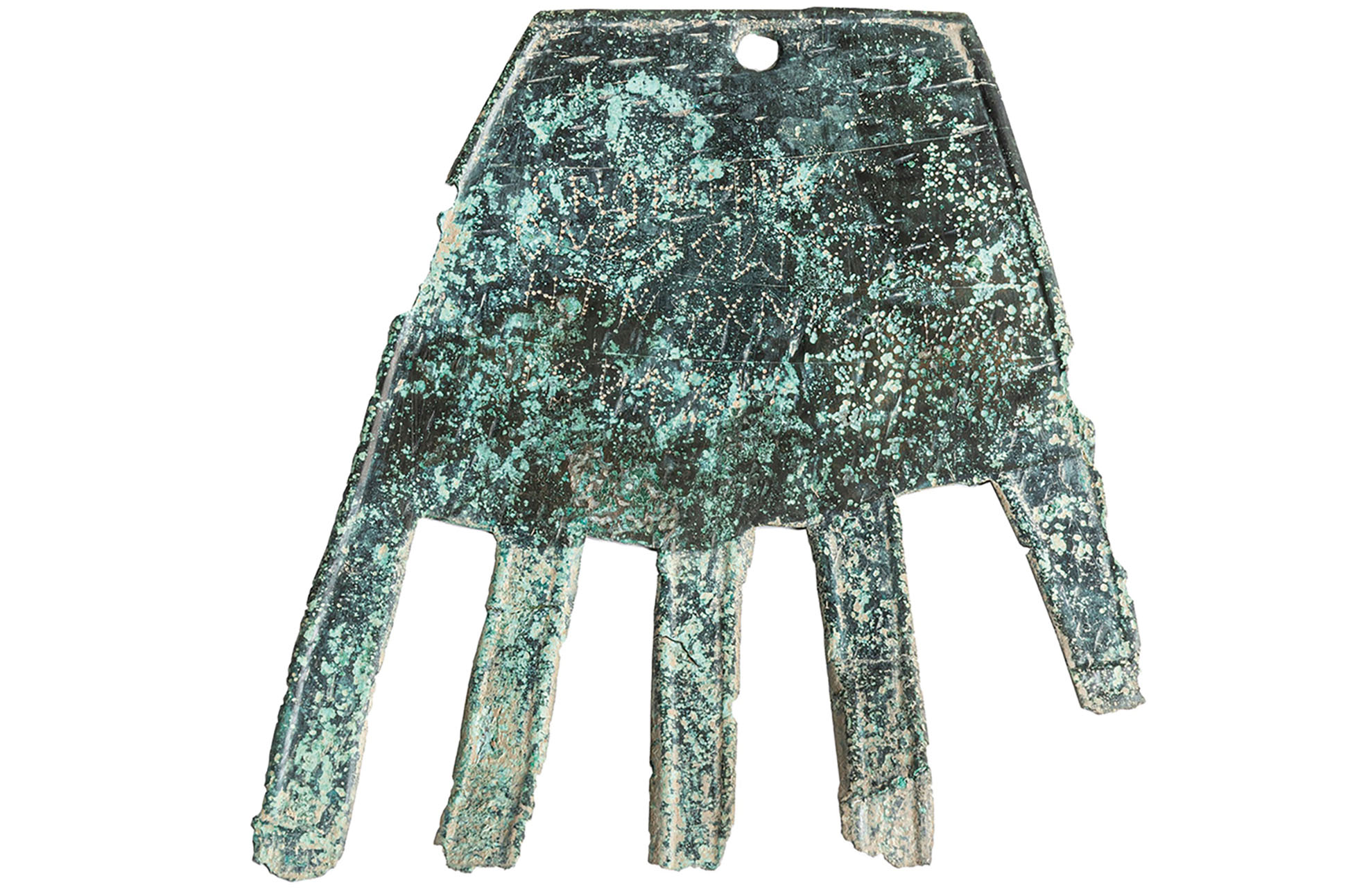Microplastics in the archaeological heritage

York, England, 2nd century. Various structures and houses were built in the Roman city of Eboracum. Among others, they built a stone building in the present Wellington Row and placed an arch in the wall that crossed the Queen’s Hotel. Both deposits were excavated in the second half of the 1980s, allowing soil samples up to seven meters deep collected almost four decades ago. Recently, York university experts have used these samples to compare them with the current ones and published in the journal Science of the Total Environment a worrying conclusion: in the new samples 16 types of microplastics that did not exist in the 1980s have been found.
The pilot research is the first to be carried out for the detection of microplastics in the archaeological heritage, but the finding of microplastics in the deposits of York seven meters deep indicates a similar situation in the other archaeological sites. According to archaeologist John Schofield, the deep arrival of these particles “jeopardizes the conservation of objects that are part of our historical heritage.”
In recent decades, archaeologists have chosen to maintain in situ many objects and structures of the deposits. Objects have been stored for hundreds or thousands of years in a given context, at a given temperature, surrounded by certain chemical elements.
Although the concrete impact of microplastics on the objects and structures of deposits remains to be analysed, David Jennings, in the words of the project manager, “microplastics have the ability to modify the chemical composition of soil and sediments, which can lead, for example, to the putrefaction of organic footprints.”
In recent decades, archaeologists have chosen to maintain in situ many objects and structures of the deposits. Objects have been stored for hundreds or thousands of years in a given context, at a certain temperature, surrounded by certain chemical elements… The abrupt modification of these conditions has determined that objects do not move because they damage heritage conservation. Remnants that are retained on site have also been affected by other problems prior to microplastics: other pollution, mass passenger cars, etc., and action has been taken against them. But stopping microplastics is another thing.
In Jennings’s words, “it is possible that from now on the protection of the archaeological heritage in situ will not be the best option and the criteria for protecting the heritage will have to be drastically changed.” Microplastics are also altering the archaeological heritage.
Between 1992 and 2006, in the waters of Lake Bracciano of Rome, the site of La Marmotta del Neolitico was excavated early. They recently published in Plos One magazine a study on the five piraguas found there. It is estimated that the boats are between 7,000-7,500 years... [+]
In the Gulf of Mecklenburg, in Baltic waters, archaeologists identified in 2021 a stone structure of almost a kilometre. Now a team of interdisciplinary researchers has published a study on the wall in the journal PNAS.
The structure is about 10,000 years old and has come to... [+]















